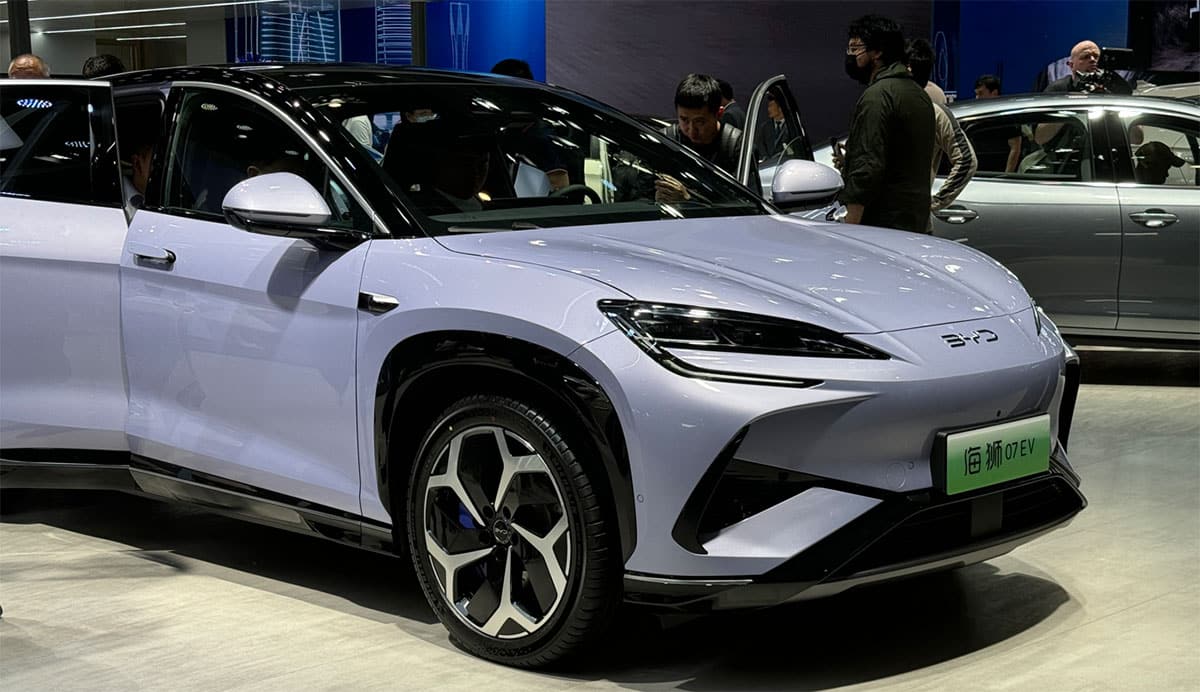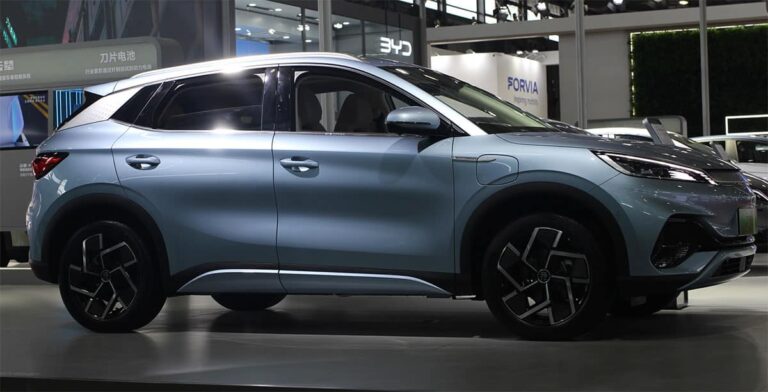BYD formed a forward-looking team this week to focus on the use of end-to-end technology, according to local media.

After Nio (NYSE: NIO), Xpeng (NYSE: XPEV), and Li Auto (NASDAQ: LI), BYD (HKG: 1211, OTCMKTS: BYDDY) has also restructured its team in a bid to make end-to-end technology play a bigger role in smart driving capabilities.
BYD set up a forward-looking team this week to focus on the use of end-to-end technology, local media outlet Jiemian said in a report today, citing several people familiar with the matter.
The new team is headed by Xu Lingyun, former head of Tianxuan, BYD's team in charge of its own research and development of smart driving technologies, the report said, adding that the new team numbered fewer than 50 people as it was still in its infancy.
BYD's other smart driving team, Tianlang, will absorb the vast majority of the R&D staff from the Tianxuan team, the report said, adding that the Tianlang team is headed by Li Feng and has more than 1,000 R&D staff.
A former Baidu technology executive, Zhou Peng, joined BYD for a short period of time and was responsible for end-to-end large model planning and control algorithm development, but he left in September, the report said.
Considering the current limited human resources and the high infrastructure and data requirements of end-to-end technology, it will be some time before BYD's end-to-end technology-based program is operational, according to Jiemian.
Tesla (NASDAQ: TSLA) released the FSD V12 earlier this year, and it brought good results. This has seen the end-to-end big-model technology used by the US electric vehicle (EV) maker grow into an industry consensus, with more car companies in China starting to experiment with the route.
Nio, Xpeng, and Li Auto all restructured their teams earlier this year to focus on putting end-to-end technology to work.
Unlike traditional rules-based smart driving systems, car companies are looking to use end-to-end AI technology to enable coverage of driving scenarios that can't be covered by rules for a better driver assistance experience.
BYD's Tianlang team is currently focused on building high-level intelligent driving solutions on platforms with low counting power, with the latest goal of achieving adaptation for 50 models by March next year, Jiemian's report said today.
BYD calls its smart driving computing platform DiPilot, with different branches depending on computing power.
Those with computing power of 100 TOPS or less are known as DiPilot 100, and they use the Drive Orin N chip from US chip giant Nvidia, as well as the Journey 5 chip from local manufacturer Horizon Robotics.
The systems with 300 TOPS or less based on a single Nvidia Orin X chip are called DiPilot 300. The system based on two Nvidia Orin X chips with 508 TOPS is called DiPilot 600.
BYD's plan is to implement highway-ready NOA (Navigate on Autopilot) functionality on the DiPilot 100 platform and additional city-ready, HD map-independent NOA functionality on the DiPilot 600 platform, according to Jiemian.
BYD's city NOA feature is expected to be first used on models from luxury sub-brand Yangwang by the middle of next year, the report said.
Earlier this month, another local media outlet, HiEV, reported that BYD is aiming to have its in-house developed smart driving algorithms in mass production as soon as November, following a series of organizational changes this year.

